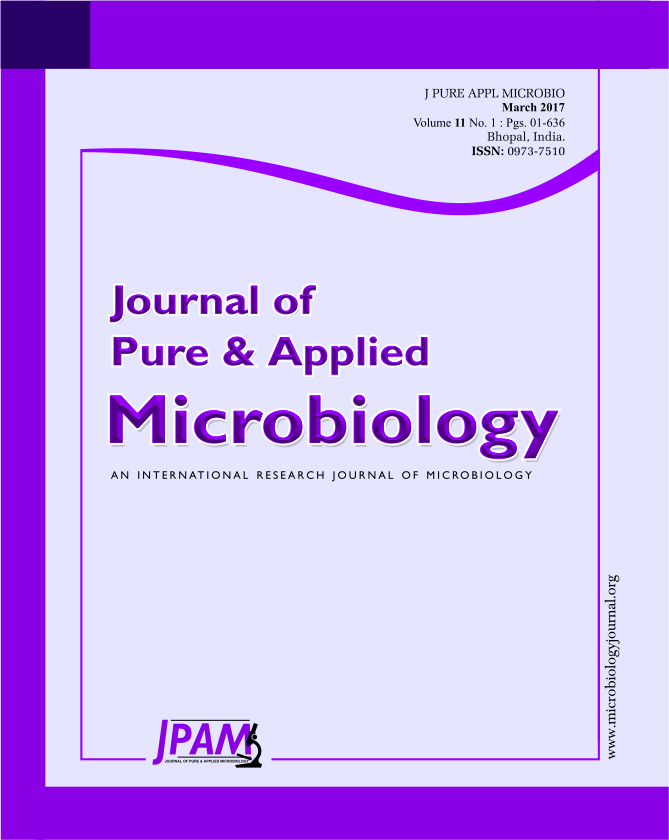Microbial oils might become one of the important and effective feed-stocks for biodiesel production in the near future. The use of these oils is currently hot topics in research in order to reduce production costs associated with the fermentation process, which is a crucial factor to increase economic feasibility. An important way to reduce processing costs is the use of wastes as carbon sources. The growth of K. lactis gradually increase as NaCl increase in the growth medium up to 6% (w/v). The highest percentage of increase was 178.38% on 2% NaCl containing medium. While glycerol and total lipids increased with 133.61 and about 56% as NaCl increased in up to 8%. However, phospholipids significantly increased (P < 0.001) but neutral lipids and sterol decreased as NaCl increased in the growth medium. Stearic (18:0) and behenic (22:0) fatty acids increased while oleic (18:1) and linolenic (18:3) decreased. On the other hand, palmetic (16:0), linoleic (18:2), arachidic (20:0) and lignocaric (24:0) fatty acids appeared in presence of NaCl in the growth medium.
Kluyveromyces lactis, Stress, Sodium chloride, Lipids.
© The Author(s) 2017. Open Access. This article is distributed under the terms of the Creative Commons Attribution 4.0 International License which permits unrestricted use, sharing, distribution, and reproduction in any medium, provided you give appropriate credit to the original author(s) and the source, provide a link to the Creative Commons license, and indicate if changes were made.


